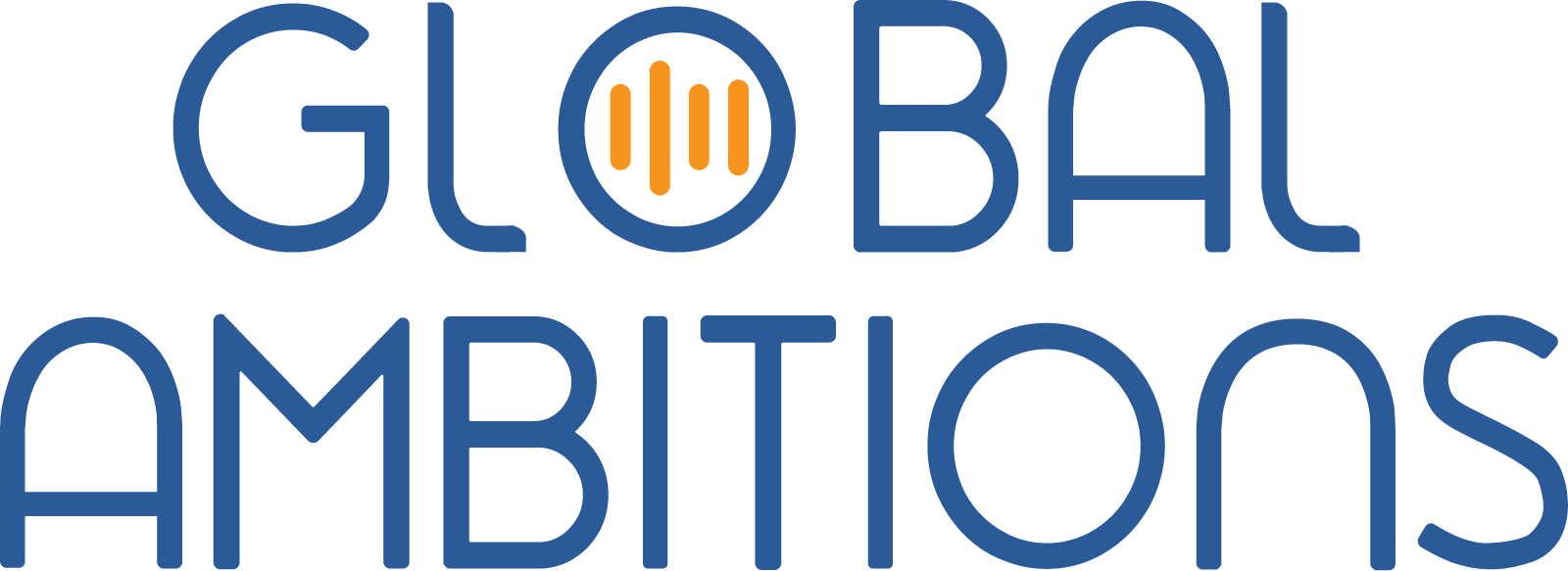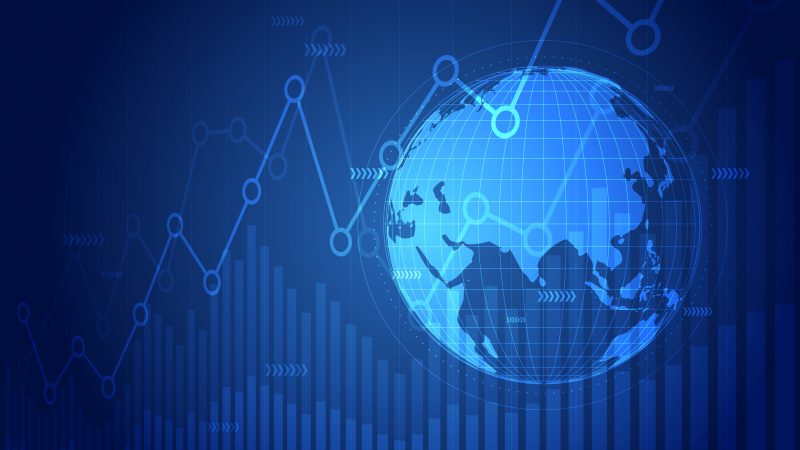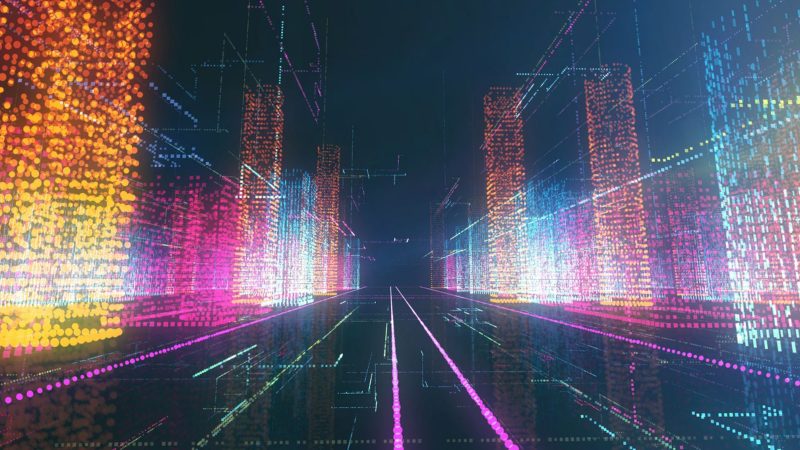With Max Mariani, Senior Manager – Global Product Labeling at Varian, A Siemens Healthineers Company
Below is a full transcript of this episode
Antoine Rey
Hi, I’m Antoine Rey and I’ll be your host today for this Global Ambitions episode. And my guest today is Max Mariani. Max is the senior manager for Global Products Labeling at Varian, a Siemens Healthineers Company, and today will be talking about how to be innovative and customer-centric in a regulated environment. Max, welcome to the program.
Max Mariani
Hi, Antoine. Thanks a lot for this opportunity.
Antoine Rey
Can you give us briefly some of your background, if you don’t mind, for our listeners?
Max Mariani
Absolutely. My name, as you mentioned, is Max Mariani. Massimiliano Mariani. Max is probably easier for the rest of the world. And I lead the global product labeling team at Varian, a Siemens Healthineers company. In the medical world, labeling means whatever information comes with the devices being like, you know, software UI and also especially like documentation instructions for user installation guides and so on. So that’s the term labeling.
Antoine Rey
And so, I understand that in your role, which is quite unusual, or let me know if it’s not, you actually own the end-to-end process where your team is authoring, translating and then organizing the distribution, right?
Max Mariani
Yes, you’re right. This is not a very common setup and I think we are very lucky to have this kind of setup. So you mentioned we own the authoring, so the creation of the content that goes to our users. At the same time, we also own the localization side of things. So we are able to coordinate all of that together and make sure that, you know, when we create the content already at the beginning, it already has this global connotation. So, you know, we create content that can be distributed around the world.
And in addition to that, we also have a team that takes care of the information architecture and systems. So takes care of all the systems that look at the content strategy, the content structure, the information architecture of the content, and also the tools that help us to create content and localize the content. And we coordinate all of that together. So I feel pretty, again, lucky to be able to have such a comprehensive approach for our customers because, in the end, the customer is always the center of whatever we do.
Antoine Rey
I would say you have a lot of envious people there when you are able to pick your tools that are probably designed in your case from an authoring and localization perspective designed for that international publishing, you know, which is not always the case. I’ve seen a lot of clients where they are being forced on, I don’t know how many different content management systems and the authoring system that they have to deal with is further down in the line usually to match it with whatever translation management system they use. In your case, you got to pick all of that and bring in that digital transformation within your department.
Max Mariani
Yes, exactly. I think that was, again, another great privilege that we are considered as the experts for our content, for whatever we do and create. and to find the best possible ways to get to our customers worldwide. And I think, as you mentioned, the advantage is that we can coordinate all the different areas going from the technology aspect so that the choice of the tools but also in how to integrate the processes. So whatever we do the end gate is always in mind. Meaning that we want to reach our customers globally, worldwide. So great content already with the end game in mind.
And I think the fact that we have control over and the choice of what we do really gives us a big advantage in terms of shaping it. How did the last part of the process, which is a distribution to our customers, how do we distribute our content to customers?
I think in the medical devices world, there is a lot of, as you mentioned, regulations and there is a lot of local regulations that we have to follow. We have to ensure the quality is always to a certain level and already having the control also helps us to have all of these controls and checks integrated into our processes.
Antoine Rey
And are there further obstacles or hurdles that you have to go through because of that regulated environment in terms of the digital transformation that you brought into that department all the way to that distribution?
Max Mariani
I didn’t mention probably at the beginning of that, I come from the software industry, so I worked a very long time of my career in the software industry. So only the last seven years I’m part of Varian. And it is true that you know, the accent that we have in the medical devices world is much more on the quality, the regulations and all of that aspect. While, for example, in the software industry it’s often in terms of speed technology, how we do it. But here, is the strong component that I tried to learn from the beginning.
Antoine Rey
All right.
Max Mariani
So this is the part that we really have to consider in whatever we do, and even the control of the tools helps us. Like, for example, scheduling the different types of reviews to ensure that everything is aligned and follows the compliance path and the regulatory rules.
Antoine Rey
And can you tell us maybe a little bit about you? You’ve gone through a digital transformation within your department over the last few years, I presume or let us know how long it took. What kind of support or resistance did you receive from your management and the wider community within Varian?
Max Mariani
Oh yeah, that’s a very good one. Very good question. I think at the beginning when I joined Varian, my learning path was to learn to pace a bit with the different needs of the company. So for me, it was a huge learning path because the focus is different, while the focus on the user is always the same. So the software industry and the medical industry, you always do whatever you do in our world, creating the conditions for the users. I think there was much more attention and much more focus on the regulatory part. So in the beginning, while I was getting to know this world, it looked to me that it would not be that easy to implement some of the great things that you can do in terms of technology.
When you are in the software industry. There you are much freer to implement whenever you want quite quickly. Well, here you need to follow some more processes. And you need to ensure that the end quality is always good. So in the beginning, I think while I was learning all of this, I was very lucky to have a great VP that came to me and asked me like, Hey, Max, what can you do about localizations? That was a really great opportunity for us. Like, yes, I can do a lot of things. And you know, in a couple of weeks we had a presentation put up and this was around 2017, so about four years ago and we started with these and we always got a lot of support. And I think it was what we realized is that we could do much more than we originally thought and we could be much more daring in some of the ideas. And I think that really helped us.
But I think from my perspective, executive support is very important. You need to have someone, that’s some sort of a guardian angel that helps you to go in that direction and with all the support you need. Because you have to take care of a lot of stakeholders. Think about regulatory affairs, you think about the external stakeholders, like the Food and Drug Administration, European Union regulations, all the local regulations, the different countries, you know, that are specific to the localities. So all of that had to be considered in all of these.
And when you try to introduce new technologies and new ways of interacting with your customers, you always need to ensure that you tailor your offer to the customers. In the sense that you have to ensure that every single customer has access to your information.
Which is a bit different where, you know, like in the software world, sometimes you create multiple sources and, you know, whatever gets there gets there. But in the medical device world, every user must have access wherever they are to their information. And some, for example, for us, using our content management systems and different distribution systems was really important to be still able to create PDFs for people that are, you know, have different accessibility to information to cloud platforms where customers can obviously interact with your product much more directly.
And in the medical devices world, in the health industry, there is a lot of limitations sometimes because some hospitals, for example, do not have direct access to the Internet in the world outside just because of security reasons, just because of many, many limitations. So we had to be able to think about our digital information, but without losing any of our users on the way. So really cater for everyone from the PDF to the interactive video posted on the cloud platform. So all the range in between there.
Antoine Rey
I was going to say, can you give us some examples of those ideas that you guys implemented? Successes, I suppose, that you saw?
Max Mariani
Yes, I think we have had a few of these successes in what we do. And one of the main ones for sure is Varian Accessed. Varian Accessed is an application that is downloadable from the App Store or Google Play and it’s available to all our customers that have obviously Internet access. And the idea is that you can look at the documentation. So the same content that is in a PDF, we can also have a look at it in an enriched environment, meaning that you can have videos, you can have animations, you have whatever. Other types of multimedia content at your fingertips, basically on your iPad or on your iPhone or any Android device or tablet.
And the other part that we also, for example, that was very important talking about accessibility for our customers, was sometimes where our machines, the machines that Varian does, are radiotherapy machines. So these are usually, you know, in level minus three or minus four in hospitals, in concrete bunkers. So sometimes you don’t have Internet access.
Antoine Rey
Buried underground. Sure.
Max Mariani
Yes, exactly. So how do you ensure that the people looking at the condition have access also without Internet? So we, with Varian Accessed, we could introduce the possibility of downloading the documentation locally, including, again, videos, animations, and all the other instructions directly on one of these devices. So the customer can basically look at the machine and know exactly what he has to do in that specific moment by looking at each device, wherever it is.
So I think that was a, you know, part of what we call our digital transformation vision. It is basically redesigning information around the user to provide them with fast, easy access to all the relevant answers that they need, wherever they are. I think that “whatever they are” means for us, a couple of things. It means like physically where you are in a bunker, you need to have access to your information, and some easier way than having a PDF folder with the thousands of pages, but also wherever they are in the world.
Because obviously, you know, at Varian, as at many other companies, probably most of the opportunities are outside the English-speaking market. So that’s where also the localization aspect is important. The global aspect is important. So that is very nice.
It is one of these successes and another one that we also have in one of our latest products was to work together, for example, with the training team, redesigning the content of our instructions for use so that it can also be used for training purposes because training is also another of the requirements. Whenever you install a machine, the training is part of the deliverable. Nobody can use the machine until they have been trained. And obviously, we had the training course, we had the instruction for use separate. And we said, okay, why don’t we try to have something together? You know, trying to create our instructions for use in a way that can also be used in a training environment.
So that is where this new format also came in. The HTML5-based format that can be basically used on any device. Maybe its a computer, also any mobile, tablet, or device. And there, you know, the users have access again in addition to the static text, it would also be in the PDF to anything additional, which is again videos, animations and all the rest. So that was another of the successes we had at first there.
Now we are looking at the future days a lot more. We are looking, but for sure I think I cannot completely share about all the plans openly in this forum. But I think really thinking about the user at the center of everything and how do we enable our users to access our information more seamlessly and get them whatever they want whenever they need it.
Antoine Rey
So yeah, it’s great to see such a user-centric approach supported by not only the technology but also supported by your external and internal stakeholders and management there. And do you get a chance sometimes to benchmark what you’re doing and your ideas with your colleagues in the industry in some sort of an industry forum or something like that?
Max Mariani
Yes, we are part of a couple of industry forums and I think we had the chance of, you know, introducing and presenting our ideas around digital information and how to implement it. And it was, at the time it was also great learning for me to listen to other colleagues in the medical device industry and knowing what were also their challenges and getting some tips from them also on how to, you know, improve the way we give information to our customers.
Antoine Rey
Very good.
Max Mariani
I wanted to mention in addition to that is that we also realized that these are common challenges for all the operators in our field, in the medical device industry. Because obviously everyone has to deal with them. You know, we love technology, we love to get to our users. But we also need to ensure that whatever we do is always within the framework of compliance regulations and all the rest. So it was good to hear and learn also from our colleagues in other companies that they are facing some of the same challenges and getting some tips and sharing some tips with them on how to to get there.
Antoine Rey
Yeah. Thanks for sharing some of those ideas here today and I’m sure our listeners would be delighted and you might get a few phone calls out of this session, but thanks very much for joining us today, Max, and we’ll talk to you again very soon.
Max Mariani
Thank you very much.
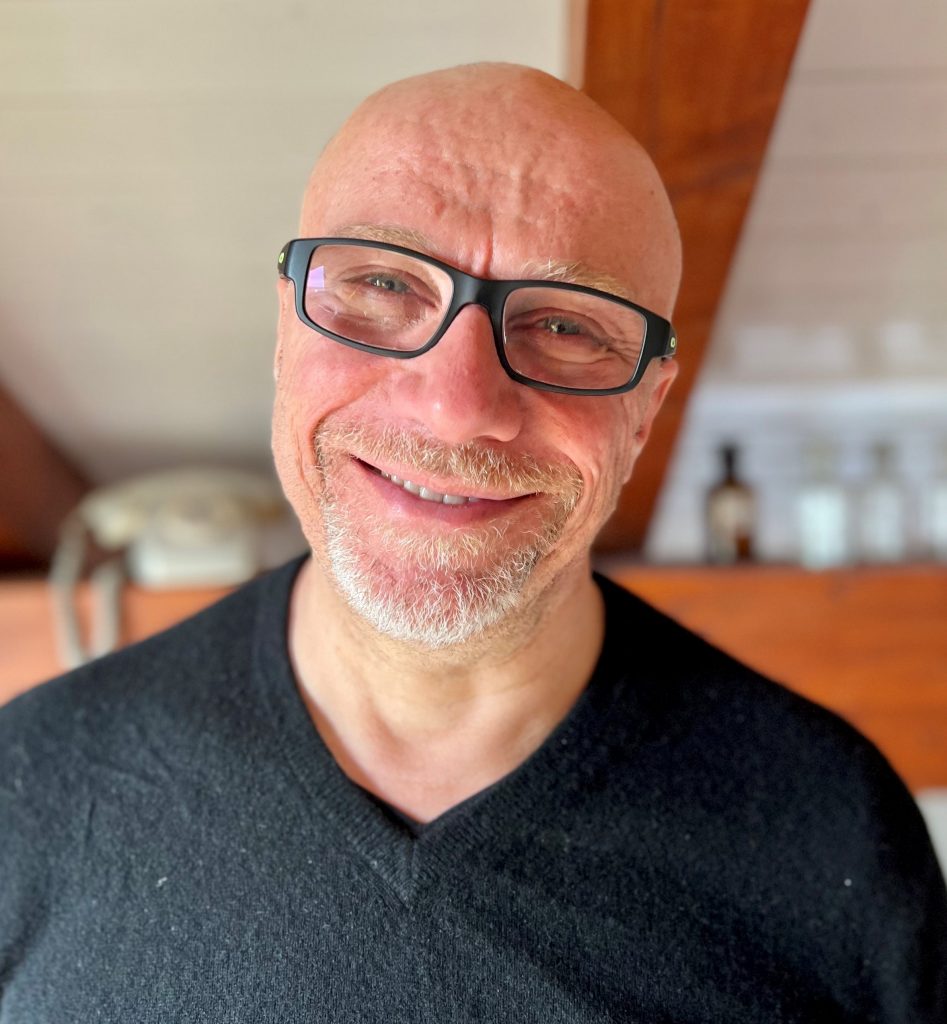
Max Mariani
Senior Manager – Global Product Labeling
Varian, A Siemens Healthineers Company
